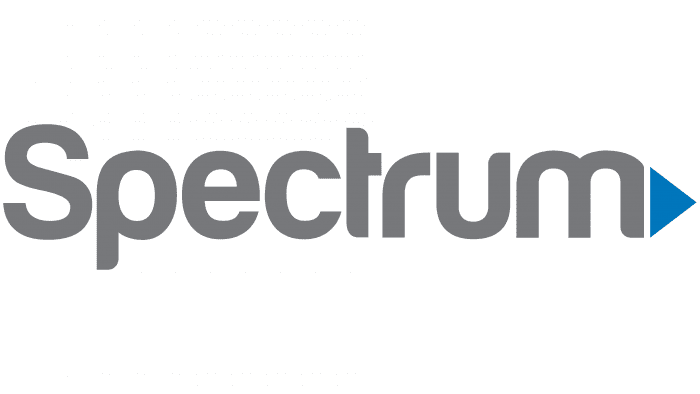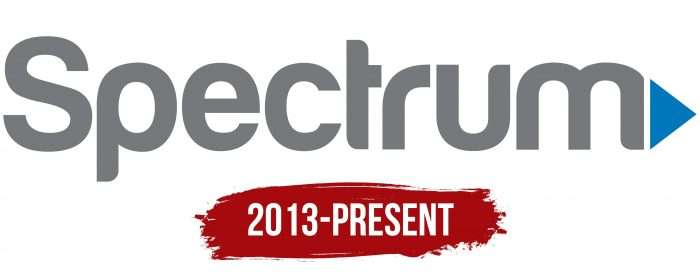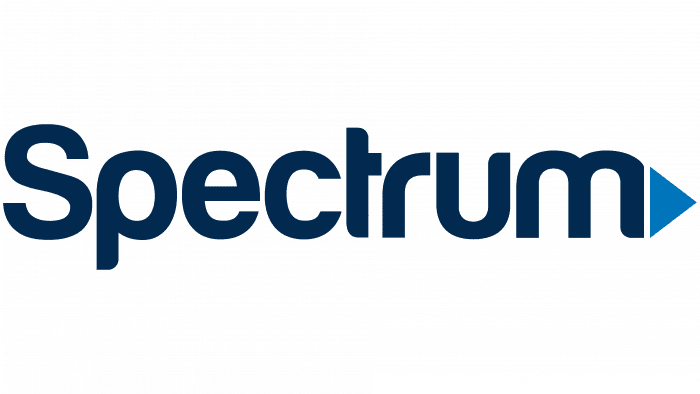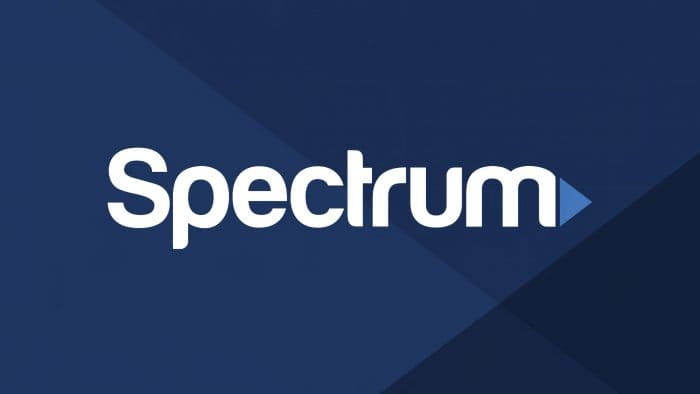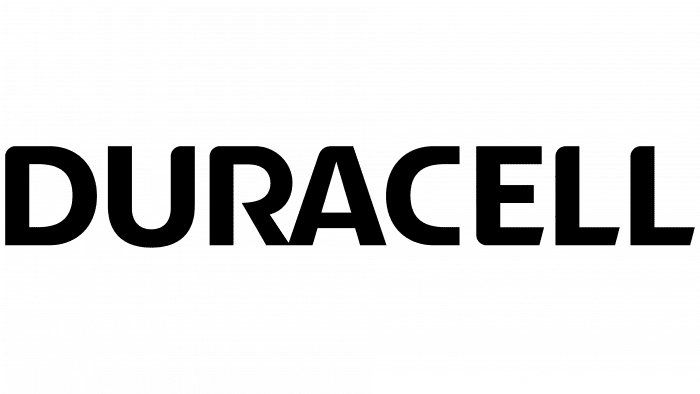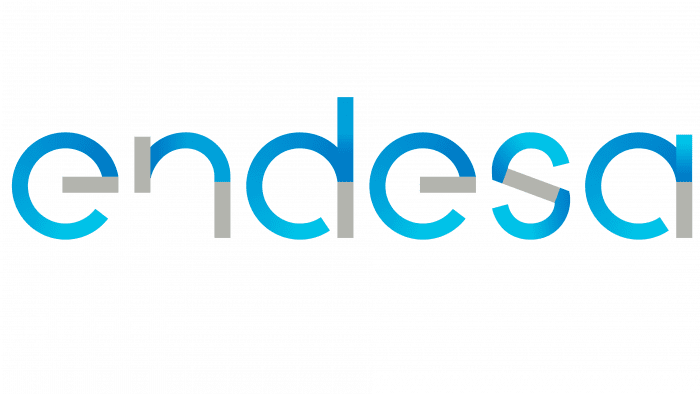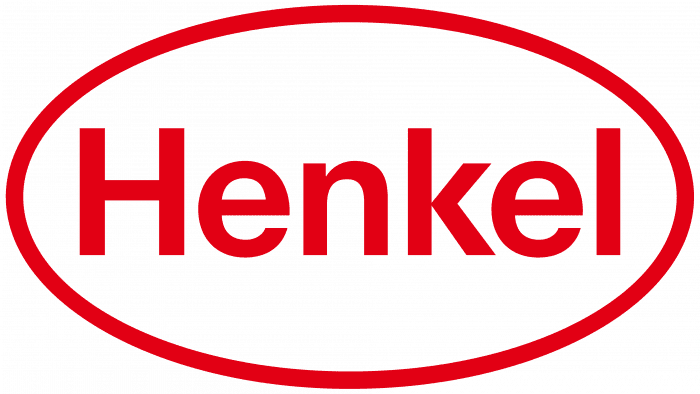The Spectrum logo represents business and communication. The emblem promises uninterrupted communication and instantly establishes a connection in any chosen direction.
Spectrum: Brand overview
| Founded: | 2014 |
| Founder: | Charter Spectrum |
| Headquarters: | Stamford, Connecticut, U.S. |
| Website: | spectrum.net |
Meaning and History
Although the official date for the emergence of Spectrum is considered the end of the 90s, this project appeared much earlier – in 1995. That year, Time Warner Cable first launched what would become the Road Runner. Then the firm received several other names, moving from one legal form to another. So, she managed to visit Southern Tier On-Line Community, LineRunner, Road Runner High-Speed Online.
All this time, the service expanded, opened branches, added services, improved, and followed the technical progress. She also changed the corporate style – sometimes radically, leaving it, along with the name, to her department. As a result, in 2016, the company merged with Bright House Networks and Time Warner Cable, becoming what it is now. To avoid confusion, she chose an abbreviated name – Spectrum, using it as the basis for her logo. Due to the recent rebranding, she still has one individual mark.
What is Spectrum?
Spectrum is a brand under which the American company Charter Communications provides telephone, internet, and cable television services. The trademark was launched in 2014 as Charter Spectrum, which included the recently acquired Bright House Networks and Time Warner Cable. It is now one of the largest providers in the United States, serving millions of subscribers.
The current option is the only one, apart from some modifications passed to child services. It contains only the name of the provider, executed in rounded symbols of the grotesque type. The emphasis on the text was made specifically to be remembered by users faster. Secondly, to become an advertisement for our service, and thirdly, to gain wide recognition. The emblem of the telecommunications service perfectly matches all these tasks.
To the right of the inscription is a blue isosceles triangle. It has a double function: it is used as a pointer and denotes a button on the TV remote control to go to the next channel and an icon for starting the video. One of the sides of the geometric figure corresponds to the adjacent leg “m” height. Moreover, the gap between them is the same as between the letters. “S” is capitalized; the rest are in lowercase.
Spectrum: Interesting Facts
Spectrum, originally Charter Communications, is a big name in the U.S. telecommunications and media industry.
- Becoming Spectrum: In 2014, Charter Communications was rebranded to Charter Spectrum. This change brought faster internet, better customer service, and a wider selection of cable TV channels.
- Growing through Mergers: In 2016, Spectrum grew massively by acquiring Time Warner Cable and Bright House Networks for $65 billion, becoming the second-largest cable company in the U.S.
- Variety of Services: Spectrum offers high-speed internet without data caps, cable TV, landline phones, and mobile phone service, making it a one-stop shop for many customers.
- Spectrum Mobile: Starting in 2018, Spectrum Mobile offered mobile phone plans using Verizon’s network, but they were only available to Spectrum Internet customers. It combines mobile and home internet services at competitive prices.
- Expanding Internet Access: Spectrum works to provide high-speed internet to underserved areas, participating in programs like the FCC’s Rural Digital Opportunity Fund to reach more communities.
- Adapting to Streaming: With services like Spectrum TV Essentials, Spectrum caters to people who prefer streaming over traditional cable, keeping up with changing viewer habits.
- Sports Broadcasting: Spectrum owns sports networks like Spectrum SportsNet and Spectrum Deportes, broadcasting games for teams like the Los Angeles Lakers and LA Galaxy, making it a significant regional broadcaster.
- Helping Communities: Spectrum engages in community service with initiatives to improve digital literacy and ensure safe and healthy homes for underserved populations.
Spectrum has transformed from a classic cable company to a diverse telecommunications leader, continuously adapting to consumer demands and technological changes.
Font and Colors
The developers chose the Harabara Mais typeface for the logo, so the bent, streamlined letters look like pieces of wire. They are smooth, rounded, sans serif. Both halves of the “S” are balanced in size and configuration. “T” has no bottom element; half of the crossbar has been cut off (on the left side). The lowercase “m,” “u,” “r” is visually unified – they look like they are fragments of each other. The letters “c” and “e” are also made as similar as possible: the only difference between them is in the central bar, but otherwise, they are identical. Legs “p” and “t” are cut slightly obliquely.
The palette of the word “Spectrum” is restrained, metallic gray, which is correct since the company is purely technical. The graphic part is sky blue, so the triangle looks catchy and stands out next to the long company name. The background color is white. According to the generally accepted coding, the logo uses Sonic Silver (# 787878) and Sea Blue (# 00629B) shades.
Spectrum color codes
| Sonic Silver | Hex color: | #787878 |
|---|---|---|
| RGB: | 120 120 120 | |
| CMYK: | 0 0 0 53 | |
| Pantone: | PMS Cool Gray 9 C |
| Sea Blue | Hex color: | #00629bd |
|---|---|---|
| RGB: | 0 98 155 | |
| CMYK: | 100 37 0 39 | |
| Pantone: | PMS 647 C |
